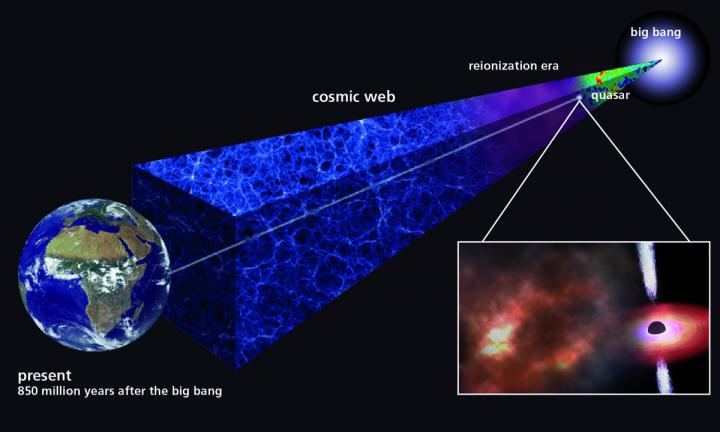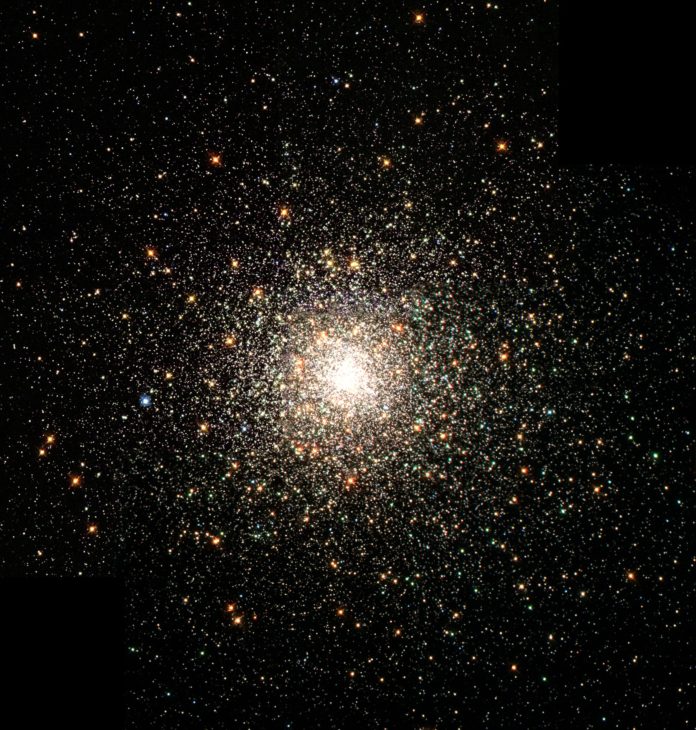The new insight gained from an ancient gas cloud has revealed just how fast the Universe’s first stars formed. The 13-billion-year-old cloud has enabled astronomers from the Carnegie Institution for Science to record the earliest measurement to date of the formation of stars and other elements within the universe. Results from the study revealed that the first stars in the universe formed much earlier than we previously believed.
When the Big Bang took place, the universe began as a hot mix of rapidly expanding energetic particles. As these particles cooled, they transformed into hydrogen gas. There were no light sources at this point. Eventually, gravity condensed the space matter and the first stars and galaxies were formed.
Stars play an important part in the galaxy as they are responsible for synthesizing most of the elements we know. When the very first stars exploded all the elements contained within them were scattered around the universe. And from this, further generations of stars were created.

CREDIT – The illustration is courtesy of the Max Planck Society
“Looking back in time far enough, one may expect cosmic gas clouds to show the tell-tale signature of the particular element ratios made by the first stars,” said Carnegie’s Michael Rauch, one of the authors on the study. “Peering even further back, we may ultimately witness the disappearance of most elements and the emergence of pristine gas.”
The discovery of the ancient gas cloud came when the researchers were using the Magellan telescopes located at Carnegie’s Las Campanas Observatory in Chile to follow up on some previously discovered distant quasars.
A quasar is an extremely luminous object made up of huge black holes that accrete matter at the heart of huge galaxies. To get to us, the quasar has to shine through the gas clouds, allowing astronomers to get a better glance at their inner chemistry from the beginning of their journey. So far, results from the study have shown that in comparison to the stars, the cloud was actually quite modern.
The team is hopeful that further gas clouds will be discovered in the future allowing us to learn even more about the primitive stars of the universe.

